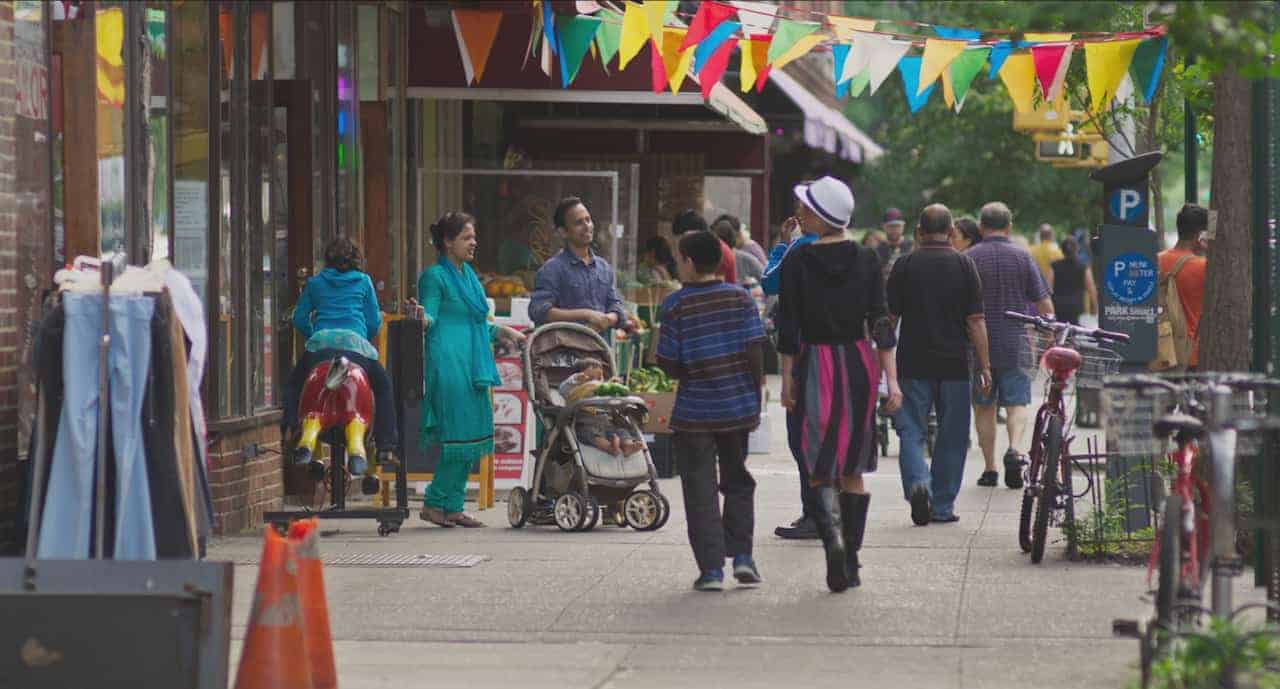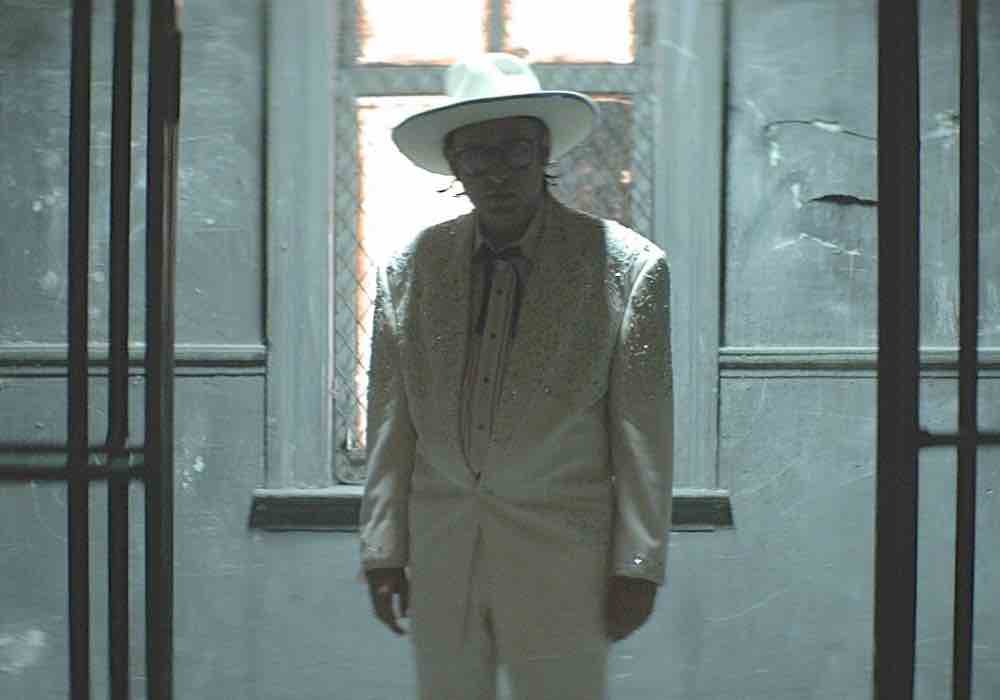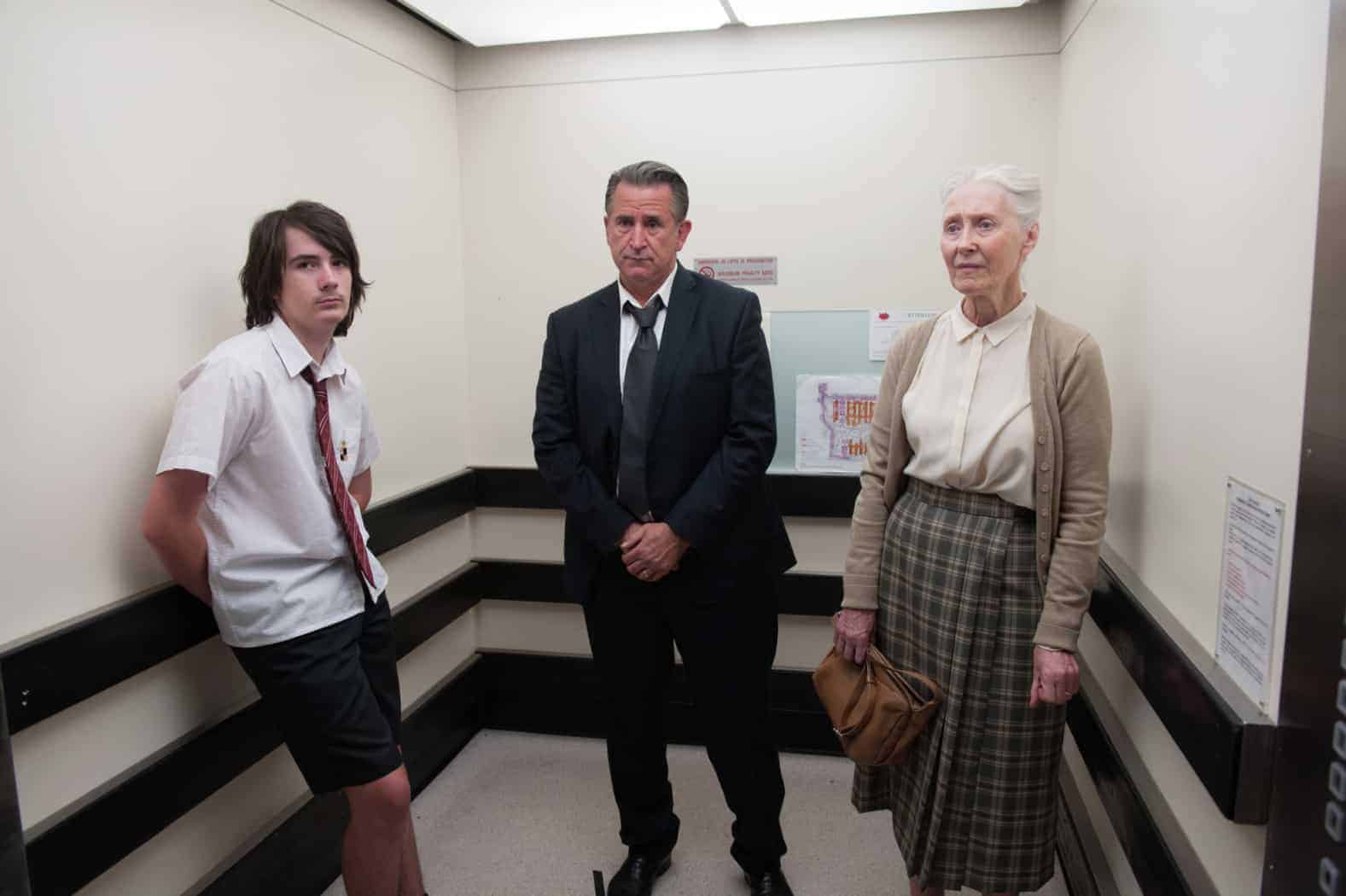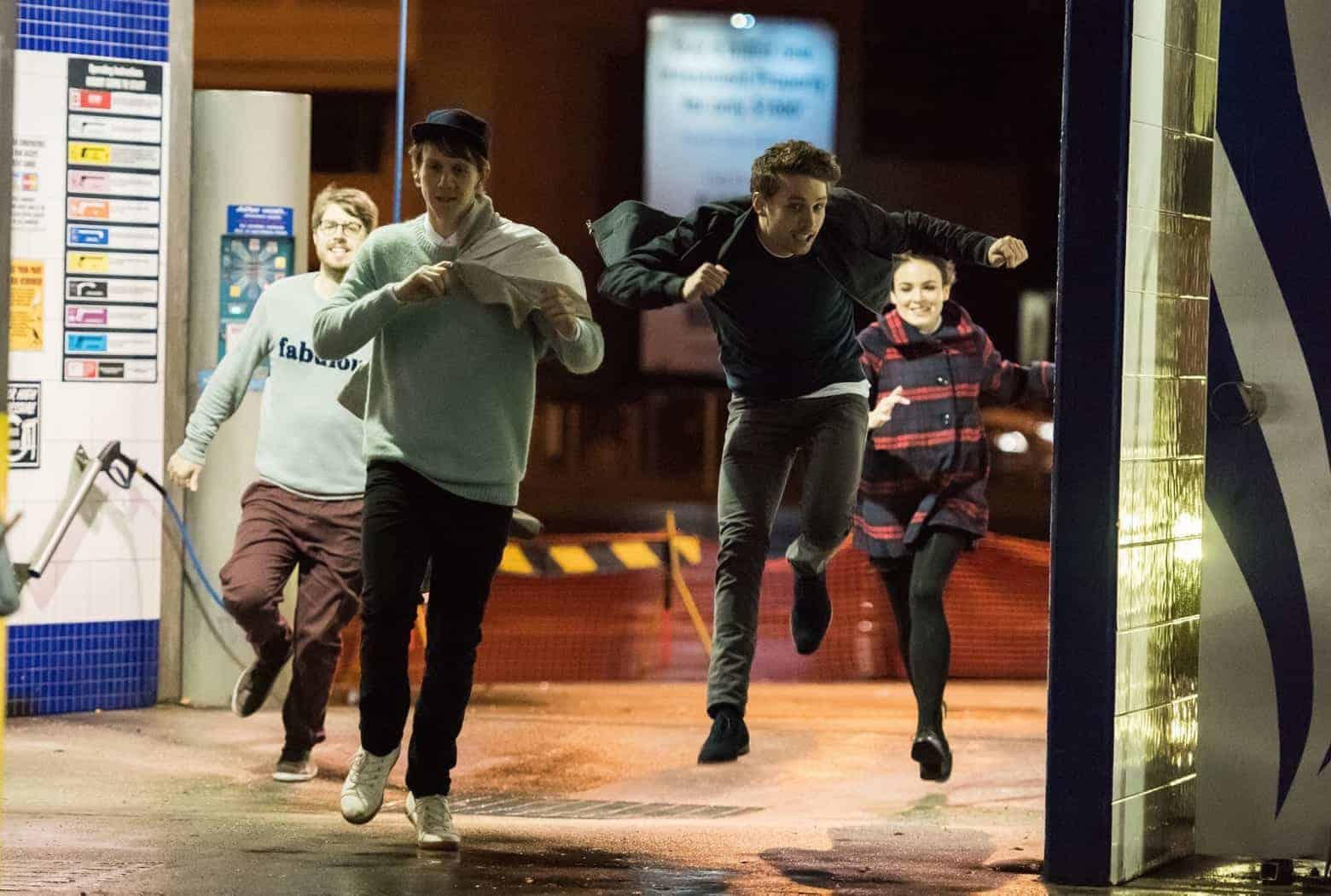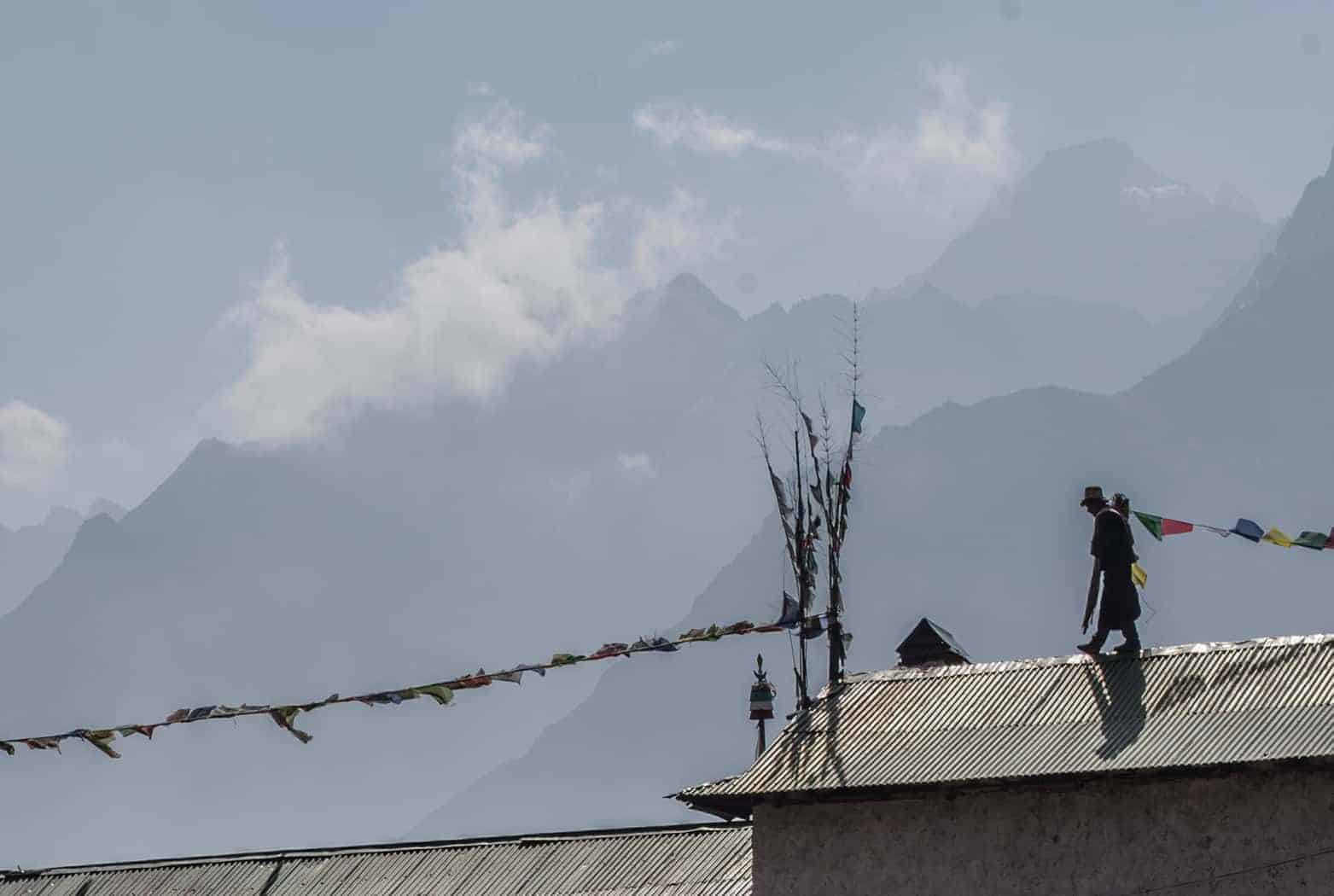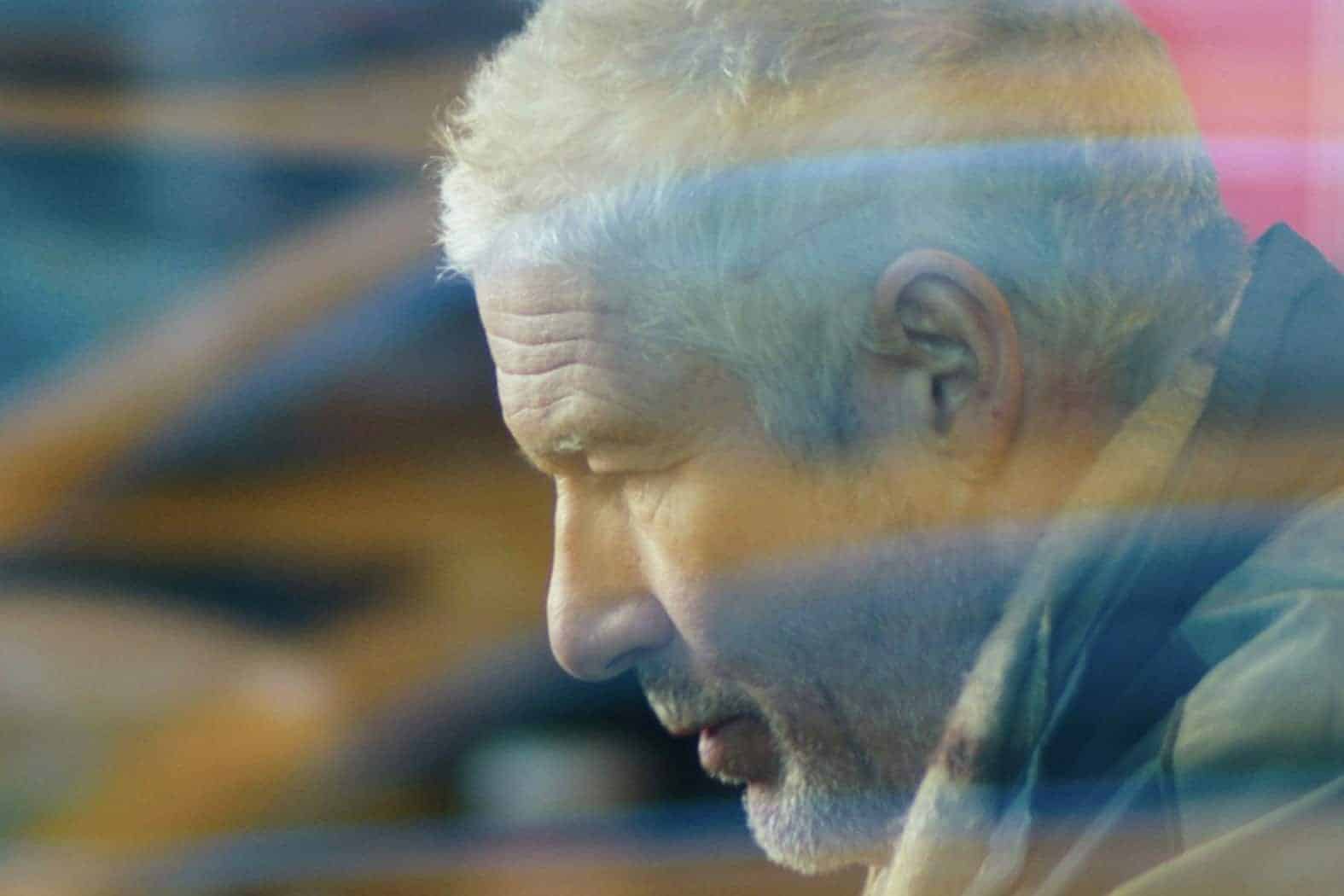Master documentarian Frederick Wiseman discusses his editing process and how this informs how he shot In Jackson Heights.
Film Interviews
Interviews with female directors / Index of Interviews
Here you will find all of our interviews with film directors, actors, cinematographers, and more.
Director Rick Alverson talks Entertainment and upending audience expectations
Writer-director Rick Alverson discusses his confronting new film ‘Entertainment,’ in which he intended to “upend expectation of what a movie should be and what behaviour should be.”
A Month of Sundays director Matthew Saville talks TV vs. film
Writer-director Matthew Saville discusses his film A Month of Sundays and TV show Please Like Me at TIFF15.
‘Snap, Snap, Snap’: making Please Like Me
Josh Thomas and Matthew Saville discuss the making of the third season of their groundbreaking series Please Like Me.
TIFF15: Jennifer Peedom discusses her Everest doc Sherpa
Jennifer Peedom discusses the making of her terrific Everest doc, Sherpa, the first documentary to be told from the Sherpa’s perspective.
Moverman on the soundscape in Time Out of Mind
Oren Moverman discusses Time Out of Mind‘s sound design, sound mix, and some of the technical challenges faced in achieving the film’s aesthetic.
